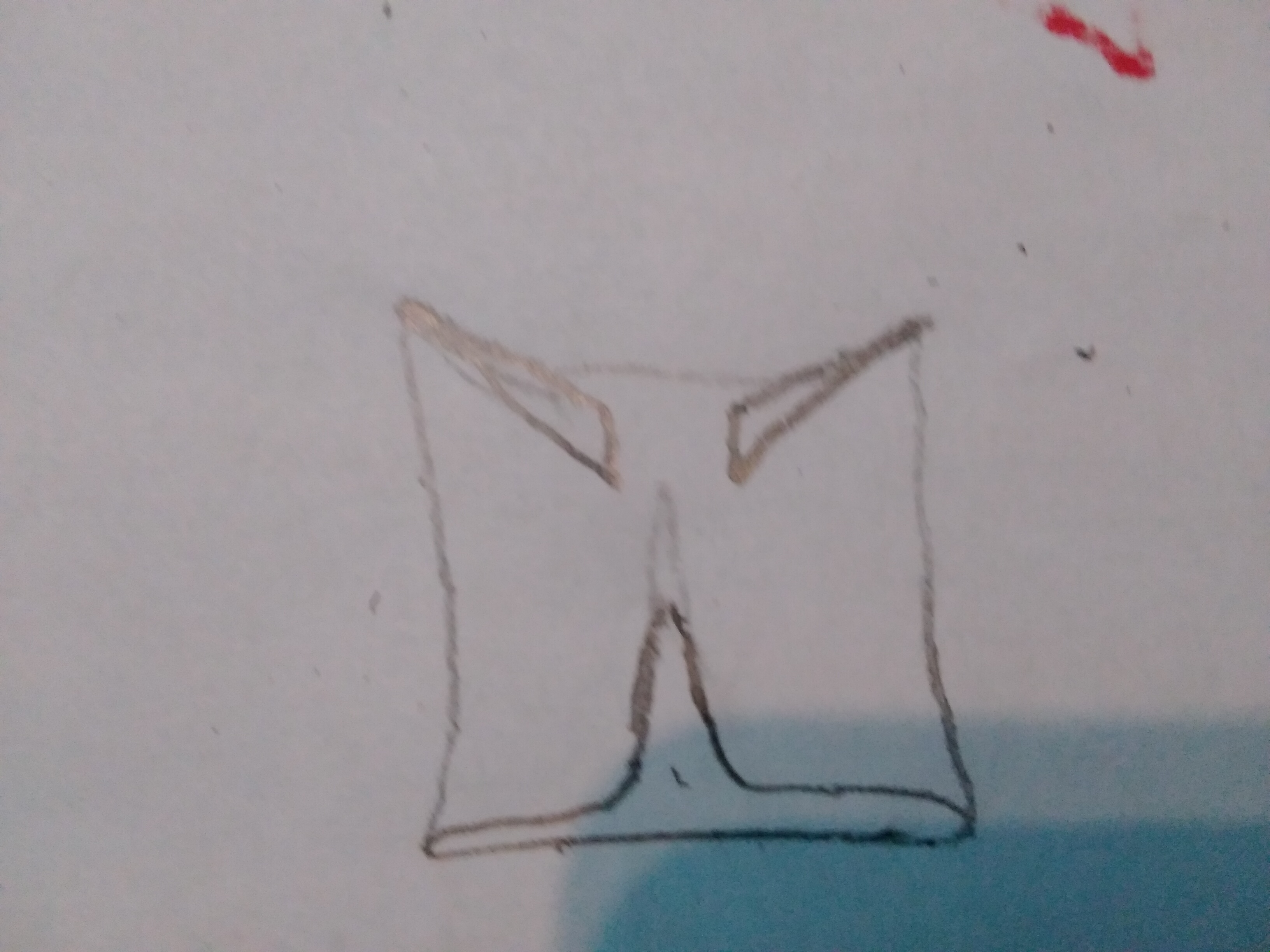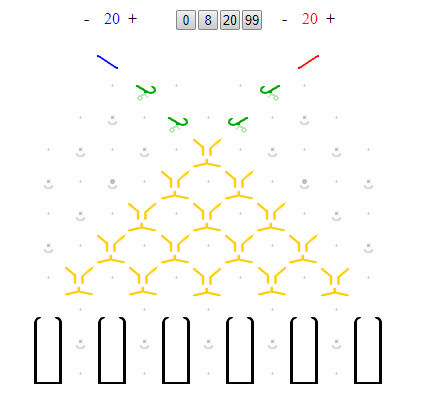I would very much like to add a part that randomizes which direction a ball will fall, regardless of which direction that ball entered the part. I am thinking of something static like the Crossover piece (as opposed to a state change piece like the Bit) where the internal structure of the piece allows for enough randomness such that the outward direction of the ball cannot be reliably determined based on the direction in which the ball entered the part. Does anyone have any ideas as to what such a part would look like.
I am looking for same thing. Someone else suggested a different approach, labeling each marble with a one or two, and using the numerical result as a random generator. I would love your idea, as it is simpler and more elegant, and self-defining. Glad a looked and saw your contribution.
Would it look like

would that not just be a crossover? I feel like it would always come out the opposite side. Sorry to bother you.
Oh yeah that would be a crossover. I will try try to think of something else
Maybe a thing where it stables with removable walls and then a spike pushes the ball.

@lennypitt Great part! Have you made this on a 3D printer? I’m curious if you would use up to “smile spots” on the board - one for the funnel and one for the piece it drops onto?
@Randy What is the function of a randomizer? Is this something used in computer hardware or software? I’m just curious because I don’t know that much about what goes on inside a computer processor.
I haven’t made this, nor have I thought about it’s exact dimensions, but it seems close enough to a crossover piece that one might be able to use up only one “smile” location. I’ll leave this for a handy and motivated person!
There are many algorithms that rely on random number generation, and/or random choice in execution. However, for the (simple, low-level) types of algorithms we are implementing on TT, it is hard to immediately think of how it might be useful.
Perhaps it could be used to informally demonstrate some properties of random sequences. (How likely are we to get a sequence of five blue balls in a row, if 20 reds and 20 blues are released randomly? You could also create some lessons on how to combine coin flips in order to achieve probabilistic results that are not “50/50”. (E.g., use two such randomizer pieces, and make it 75% likely that a blue ball is the next one released, and 25% likely that a red one is". ) There are some lessons in elementary combinatorics one could create.
@lennypitt This is really helpful! Thank you for explaining it so well. I can see writing this into lessons.
@alyssa
A randomizer piece would be helpful any time an unexpected result is desired, such as replicating a coin flip or die roll, etc. It would also be useful in creating various types of games, such as Plinko. And when used in conjunction with a new collector piece (like the interceptor, except can hold many balls) it can be used to simulate a normal distribution pattern (you would have to manually trigger each ball in this pattern since each ball is intercepted, but they can be triggered in rapid succession). Attached is an image mockup of this idea.

Here is this concept in more detail
So, in summary, a randomizer piece would open the door to many new types of puzzles, games, and teaching of probability and other mathematical concepts.
